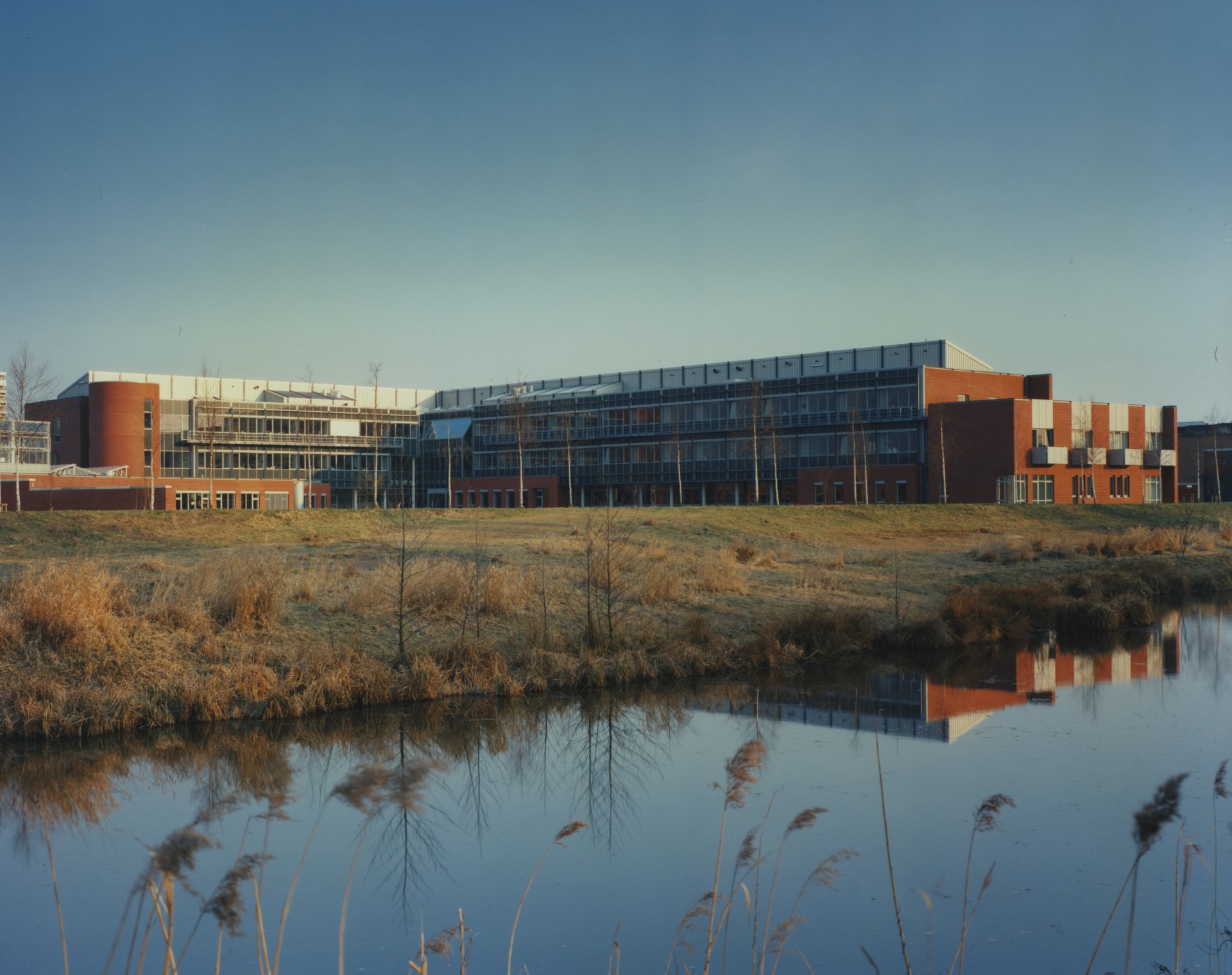- Presse
- Dr. Sören Thomsen: Physical-biogeochemical coupling within the Peruvian upwelling regime
Dr. Sören Thomsen: Physical-biogeochemical coupling within the Peruvian upwelling regime
Thursday, March 23, 2017
3:00 p.m. Lecture hall (4th floor), MPI
Host: Dr. Gaute Lavik, MPI
Upwelling systems are one of the most productive areas in the world ocean. Classically these systems are often described in terms of wind‐driven simple Ekman offshore transport. However, there is large high temporal and spatial variability e.g. oceanic
mesoscale eddies and so called submesoscale filaments. These processes transport productive waters offshore and downwards and are omnipresent in satellite pictures and high resolution ocean models. New observational methods such as gliders allow us now to study these high frequent variability in combination it with high‐resolution biogeochemical samples.
The role of eddies and fimalents in the Peruvian upwelling regime for the circulation, physical / biogeochemical tracer distributions and oxygen minimum zone ventilation is investigated. The study is based on a multi‐platform four‐ dimensional observational experiment carried out in early 2013 near 13°S. The data set consists of >15,000 profiles from 7 Slocum gliders and repeated vessel‐ based velocity, hydrography and nutrient transects. Forthermore the output of a submesoscale permitting physical circulation model is used.
The formation of a subsurface anticyclonic eddy and its impact on the near‐ coastal oxygen and nutrient distributions was captured by the observations. The eddy developed in the Peru‐Chile Undercurrent downstream of a topographic bend, suggesting flow separation as the eddy formation mechanism. The core waters originated from the bottom boundary layer and were characterized by low potential vorticity and an enhanced nitrogen‐deficit.
The subduction of highly oxygenated surface water in a submesoscale cold filament was observed by glider‐based measurements. The subduction of newly upwelled waters ventilates the upper oxycline is suggested by the summer observations. Lagrangian diagnostics in the model supports this findings and suggest that in winter it might be possible that submesoscale processes ventilate the oxygen minimum zone core. In the model about 50 % of the newly upwelled floats leave the mixed layer within 5 days both in summer and winter emphazising a hitherto unrecognized importance of subduction for the ventilation of the upper boundary of the Peruvian oxygen minimum zone.
